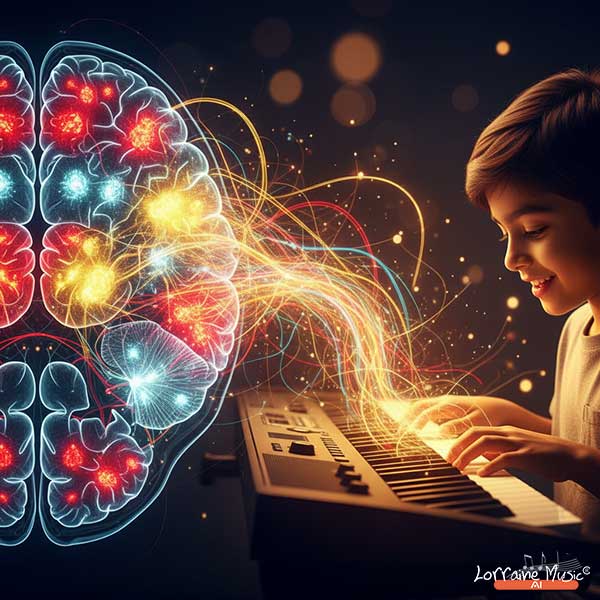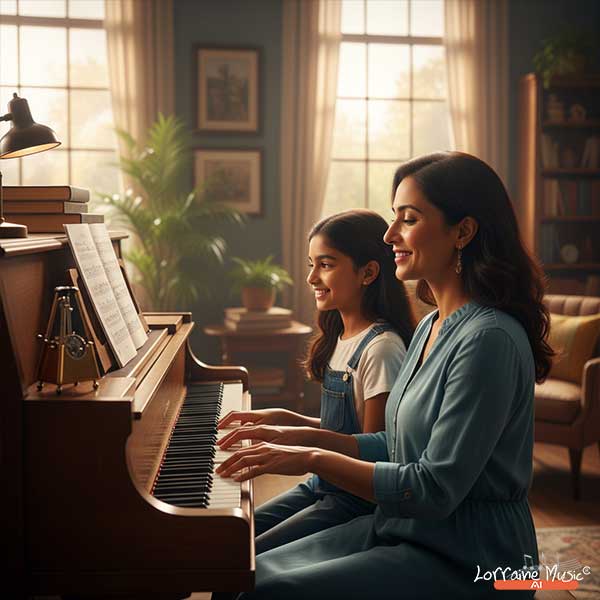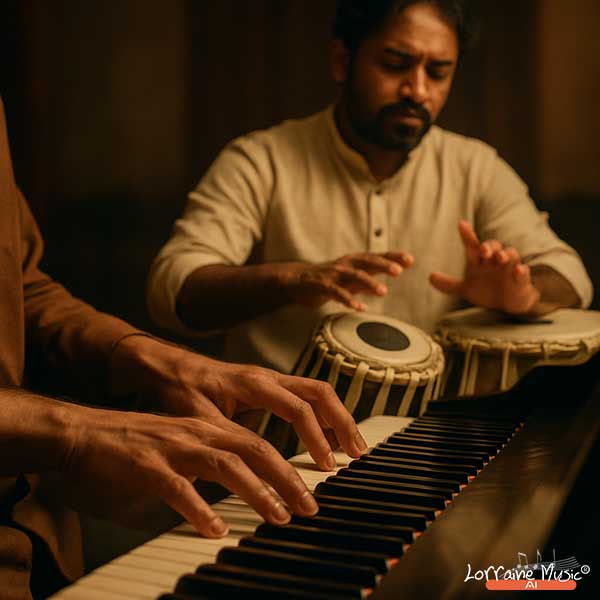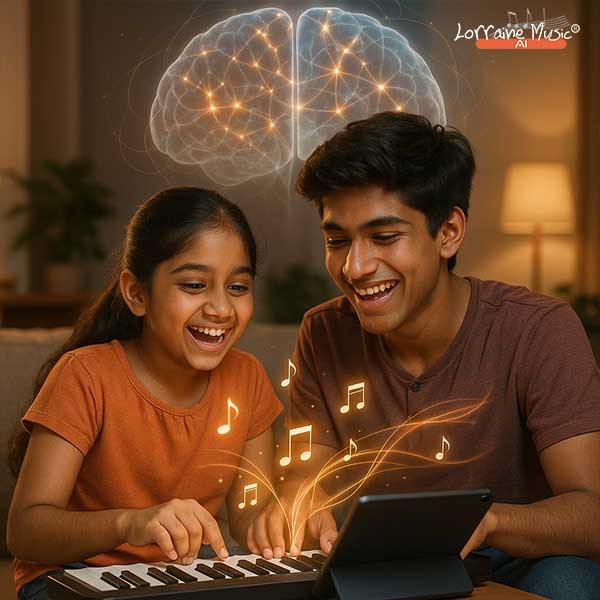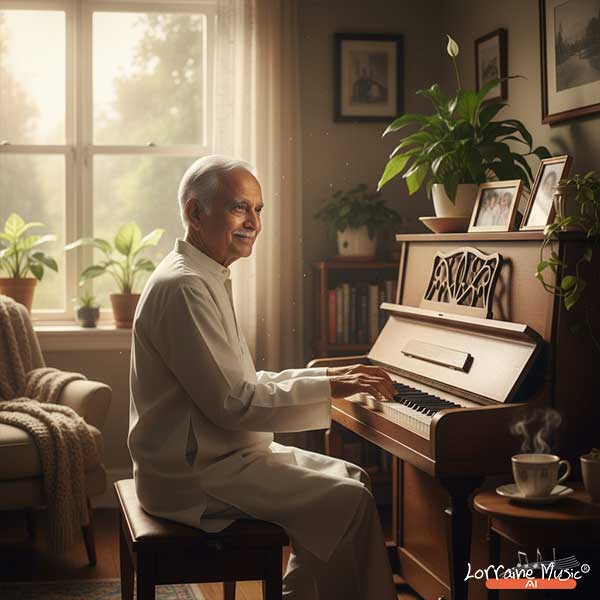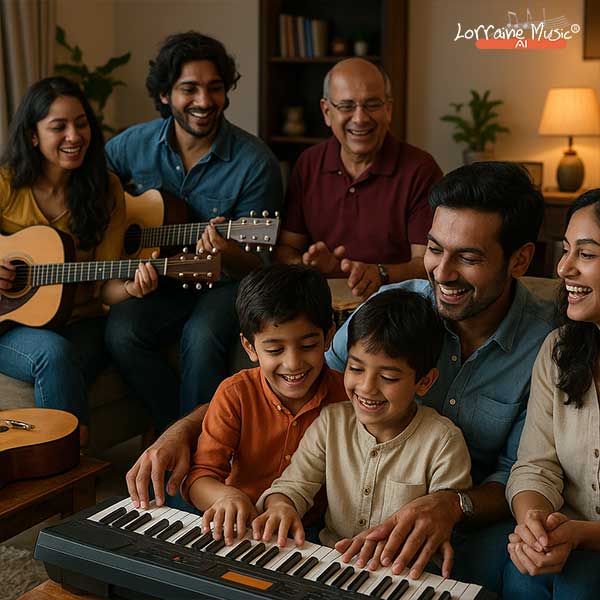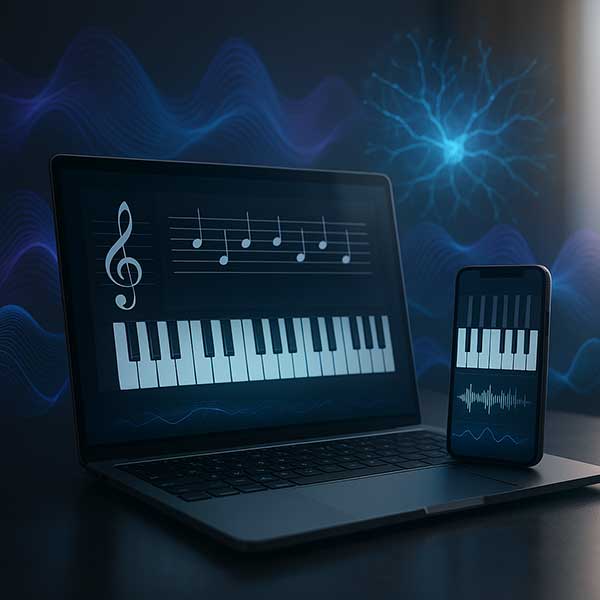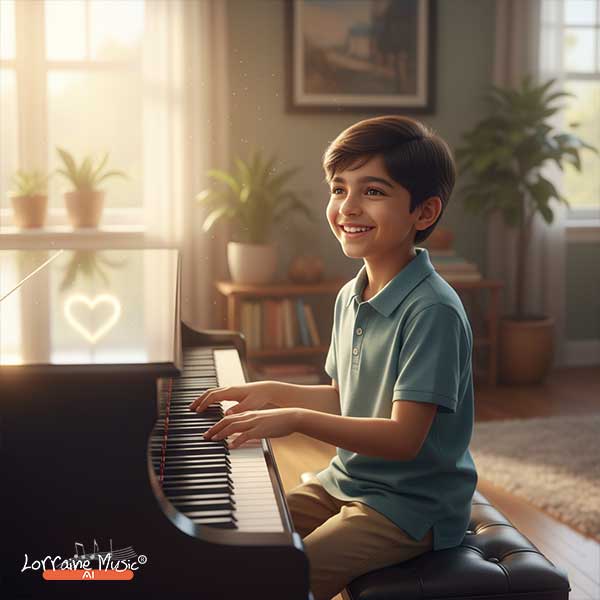From Listening to Living: Why Learning Music Is The Whole-Brain Workout for Life
Introduction: From Enjoying Music to Experiencing It
There is hardly a person on Earth who doesn’t love music.
It’s the soundtrack of our lives – the gentle hum that accompanies us through work, study, love, and celebration. We listen when we are happy, when we are sad, when we need to think, or when we need to forget. Music has become so embedded in our daily lives that it’s easy to assume that simply listening is enough.
But here lies a quiet paradox.
While 100% of people are music listeners, less than 0.5% are active music learners. We consume music as a product, but few of us experience its creation – the profound act of making sound come alive with our own hands and minds.
Imagine if that changed.
What if, just as smartphones became indispensable tools of modern life, learning music became as normal and necessary as learning to read or use a computer? What if every home had not just speakers to play music, but instruments to create it?
Science, neuroscience, and human history agree on one truth:
Actively learning music doesn’t just make life more joyful — it makes the brain more powerful.
Neuroscientists at Harvard Medical School and the National Institutes of Health (NIH) describe active music learning as a “whole-brain workout.” Unlike any other single activity, playing an instrument lights up the brain’s auditory, visual, motor, memory, and emotional regions simultaneously.
“Music doesn’t just entertain us — it rewires us,” says Aubrey Aloysius, Founder & CEO of LorraineMusic.ai. “It makes us more human, more creative, more alive.”
At LorraineMusic.ai, our mission is simple but transformative: to make active music learning accessible, scientific, and joyful for every human being.

